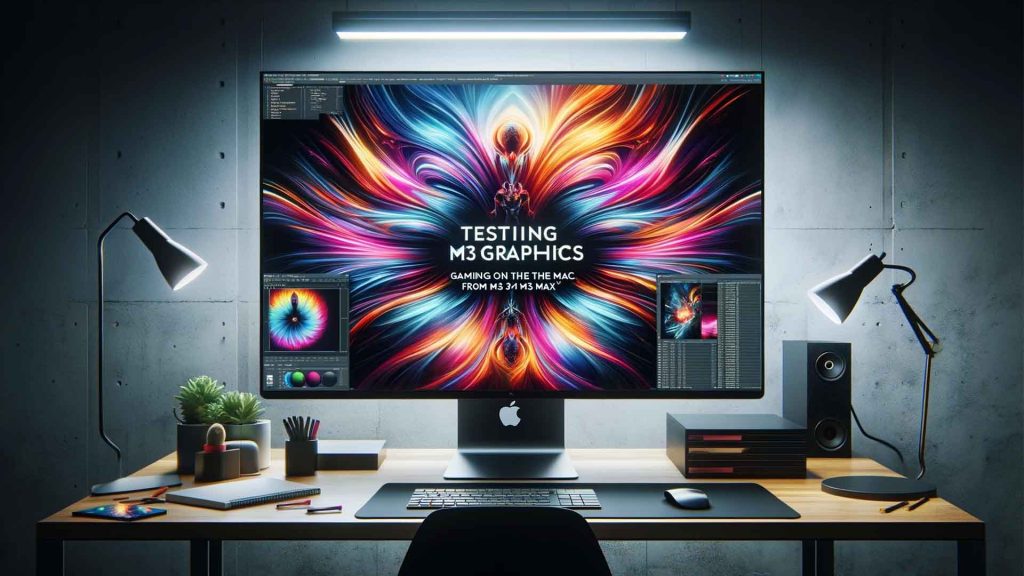Apple’s latest M3 processors made their debut in late 2023, featuring the M3, M3 Pro, and M3 Max variants in the most recent 14- and 16-inch MacBook Pro models. This newest Apple silicon introduces several groundbreaking advancements, including the utilization of a 3-nanometer manufacturing process that accommodates billions of transistors on the chip die. Additionally, it boasts a revamped GPU that incorporates hardware-accelerated ray tracing and mesh shading. These innovations are complemented by the inclusion of 40 GPU cores and support for up to 192GB of memory in the top-tier configurations, marking a significant enhancement in the visual capabilities of Apple silicon Testing Apple M3 Graphics.
Even more exciting? Apple didn’t gradually release these upgrades over time; instead, they announced and launched the M3, M3 Pro, and M3 Max simultaneously. The new MacBook Pro models are now available with the complete range of M3 chips.
We’ve already reviewed the individual MacBooks (and iMac) that came with the M3 chip, but we wanted to take a closer look at Apple’s improvements in graphics. Check out our reviews of those below, if you haven’t seen them already.
All About M3 Graphics 🍏💻
Apple unveiled the new M3 chips at the end of October 2023 and promptly released them in the latest MacBook Pro laptops and the iMac desktop. Following our initial testing and reviews, I chose to conduct additional tests to uncover the intricacies of the new GPUs and ascertain how they stack up against the previous M2 chips in terms of graphics performance, going beyond just a cursory examination.

But first, I wanted to learn more about the new features, so I went straight to the source: Apple. In a conversation with Apple’s Doug Brooks and Laura Metz from the Mac product marketing team, I gained plenty of deeper insight into the new GPU features and how they fit into the latest Mac lineup.
Doug Brooks wasted no time in sharing the highlights with us. He stated, “We have introduced an entirely new GPU architecture that is faster and more efficient. This has brought about several new features, including dynamic caching, new rendering capabilities, hardware-accelerated ray tracing, and hardware-accelerated mesh shading.
The new ray tracing and mesh shading tools bring about more realistic lighting, shadows, and reflections in games. 🎮 However, these advantages are not limited to gaming alone; they also enhance any other rendering task, such as modeling a scene for computer animation or adding realism to a rendered engineering component.
Brooks also clarified a common point of confusion: “🔍 And just to be clear, because some people have asked, these features are implemented in hardware, in the silicon itself. This isn’t a software strategy. So, this is fundamental to the new hardware of these chips and fundamental to the new GPU design.
Regarding the performance of Apple’s 16-core M3 Max SoC in PassMark’s multi-thread CPU benchmark, it achieves a score of 39,921 points. This score surpasses that of Intel’s Core i7-13700F (39,825) and is approximately equal to the 20-core M2 Ultra (40,893) in terms of performance.
Specifically, the M3 Max exhibits an approximately 18% increase in single-core performance when compared to the M2 Max. In terms of multi-core performance, the improvement is even more significant, with the M3 Max scoring approximately 38% higher than the M2 Max Testing Apple M3 Graphics.





